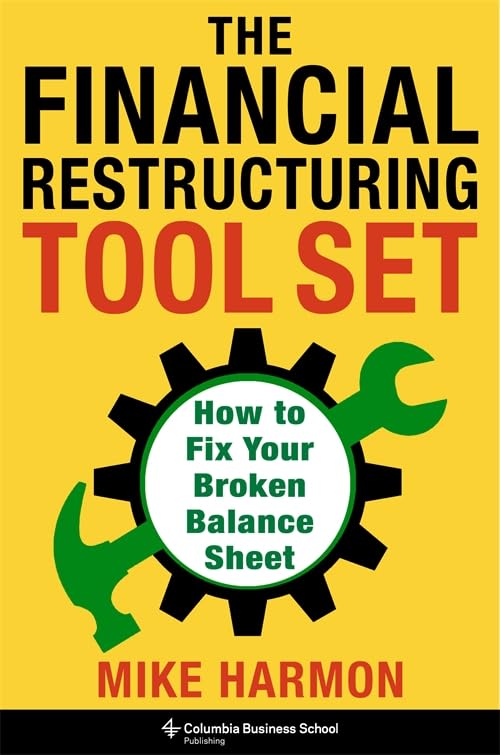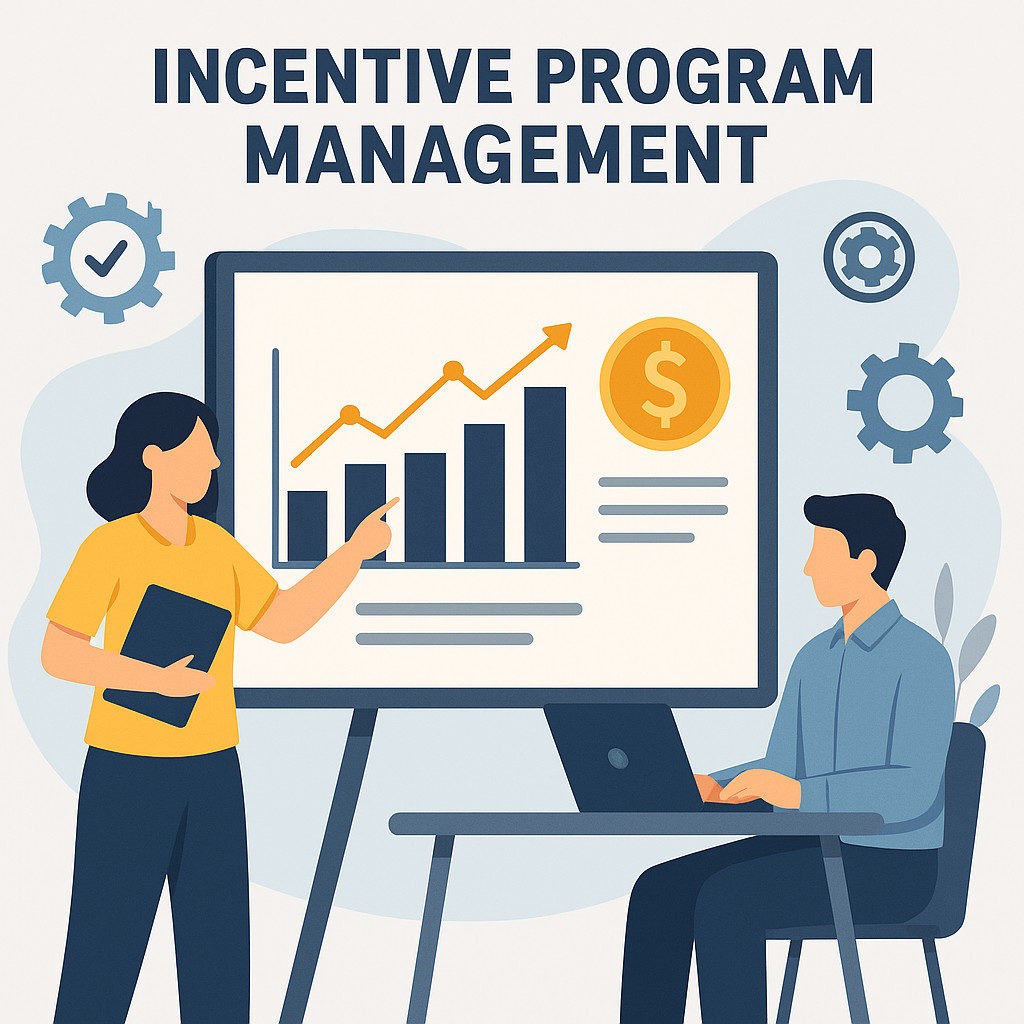The Financial Restructuring Tool Set: How to Fix Your Broken Balance Sheet. 2025. Mike Harmon. Columbia Business School Publishing.
CFA charterholders might be startled by a statement that appears near the end of The Financial Restructuring Tool Set, by Mike Harmon:
“Not once have any financial analysts in the history of time correctly forecasted the future cash flows of a business.”
Reading on, charterholders will be relieved to find that the author is by no means criticizing their performance. His point is merely that it would be a mistake to regard financial modeling as a crystal ball. The outputs will never wind up being completely accurate, but the unquestionably valuable process enables analysts to “‘try on’ different capital structures under different scenarios,” says Harmon.
Investors who specialize in distressed securities might cringe at Harmon’s mention of their characterization in some quarters as “bottom feeders.” He quickly notes, however, that “in nature, bottom fishers play a productive role in the ecosystem.” Lest these operators, also labeled “vultures,” feel totally absolved by that remark, Harmon proceeds to list certain ways in which they subtract rather than add value in restructuring situations. One example is premature default, which can occur when a distressed investor that seeks to obtain ownership of a company’s equity proves less willing than conventional investors to cooperate with a management that just needs a little more time to work out the company’s problems.
Evenhanded to the end, Harmon also lists distressed investors’ positive impacts, such as infusing cash into viable companies that desperately need some but find conventional debt and equity investors less willing to provide it.
Harmon maintains readers’ interest at a high level by sprinkling the book with facts and observations that are anything but mundane. He reports that recovery rates on leveraged loans have declined as a result of covenant-lite structures increasing from 4% of deals in 2008 to 96% in 2022. Over the 1984 to 2017 period, he adds, 20% of companies that emerged from Chapter 11 bankruptcy reorganization subsequently filed for bankruptcy at least one more time, with one company filing five times.
Harmon also emphasizes that the company valuation determined by a financial restructuring plan does not necessarily equal the company’s true valuation. Rather, it is the product of high-stakes negotiations by the company’s various classes of creditors. He also points out that “big boy letters,” used by investors who receive material nonpublic information to get around securities laws prohibiting them from trading under such conditions, are not legally recognized as legitimate and remain largely untested in litigation.
The Financial Restructuring Tool Set presents, in 352 pages, a comprehensive account of how distressed companies go about reducing the burden of their debts and other liabilities, both inside and outside bankruptcy. It covers such techniques as 363 asset sales, contract rejection, debt-for-equity swaps, and more. The book’s primary focus is practices in the United States, but one chapter is devoted to bankruptcy codes and practical experience in the United Kingdom, France, China, and Japan.
An Oaktree Capital Management alumnus who now advises and invests in small- to medium-sized companies at Gaviota Advisors, Harmon is abundantly equipped to provide valuable insights even to experienced distressed debt practitioners. Readers who are less acquainted with the field may initially be daunted by a substantial volume of jargon, including such colorful terms as “zombie,” “freebie basket,” “blacklist” (not in its earlier labor practices sense), and “bondmail.” These are in addition to numerous acronyms unknown to neophytes, such as VERBO, NGRS, KERP, and ICERP. Harmon does an excellent job of explaining such unfamiliar phraseology, tacking on a 10-page Jargon Guide after the main text. The book’s Notes testify to his diligent study of scholarly research on his subject.
Harmon makes a useful contribution to the field with suggestions for correcting the flaws in the existing U.S. insolvency regime. He maintains, for example, that too many small companies liquidate because many of the costs of reorganization in bankruptcy are fixed and too high for them. Potential solutions include creating greater awareness of Subchapter V’s pathway to lower-cost reorganization and using artificial intelligence to streamline bankruptcy-related documents as a means of further reducing costs.
Just as analysts never hit companies’ financial projections on the nose, book authors rarely nail every single reference. The Financial Restructuring Tool Set illustrates that point by crediting baseball great Yogi Berra with this comically paradoxical statement: “Nobody goes [there] anymore. It’s too crowded.” Publishing house editors ought to know that attributions can easily be checked in the indispensable Quote Investigator website, which in this case reports that Berra appropriated the joke, but that its antecedents date back to 1882. Elsewhere, Harmon implies that BlackRock Chief Investment Officer Bob Doll is the originator of “No one rings the bell at the bottom.” It is actually an old Wall Street adage that I heard in the late 1970s.
Such minor lapses do not alter the fact that The Financial Restructuring Tool Set is up to date and authoritative. It facilitates gaining an understanding of the many techniques for resolving financial distress with case studies involving such prominent companies as Chrysler, Frontier Communications, and J.C. Penney. Even practitioners interested in the topic who do not intend to read the book cover to cover should own it as a reference work that can be navigated through its highly detailed index.



























